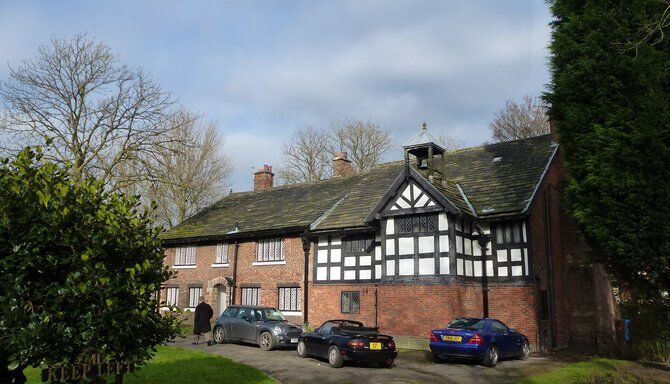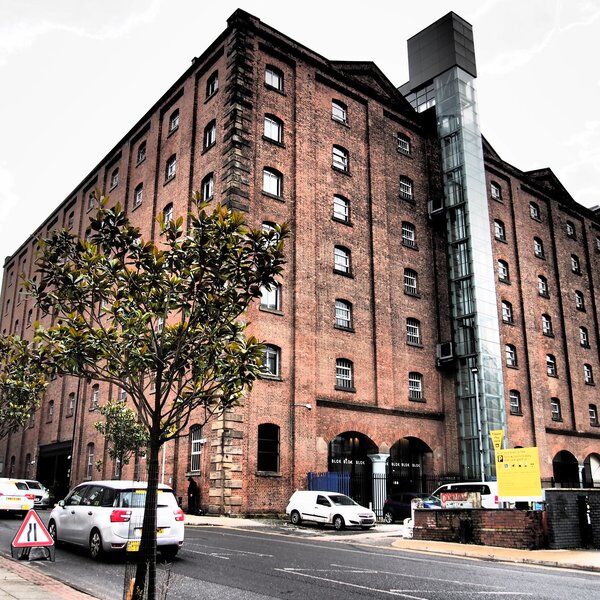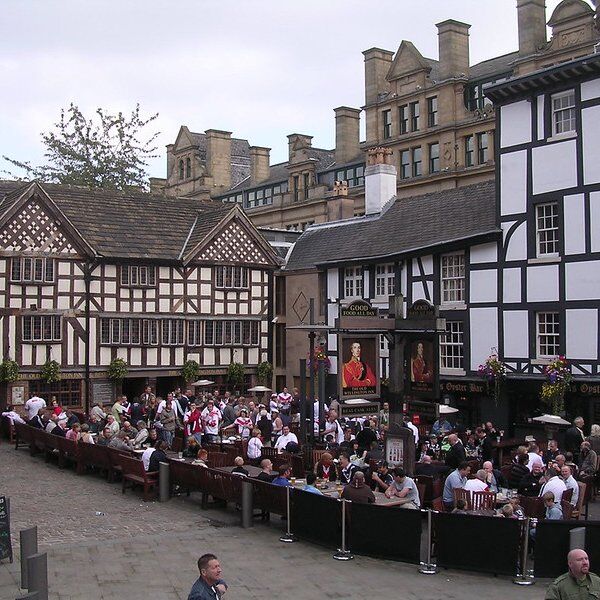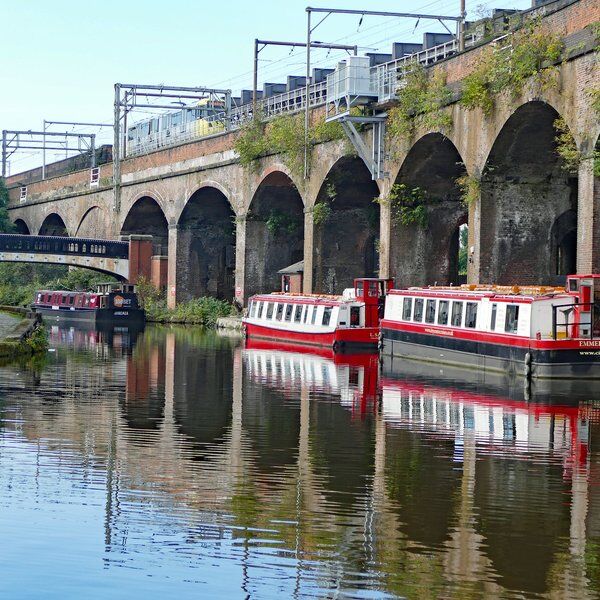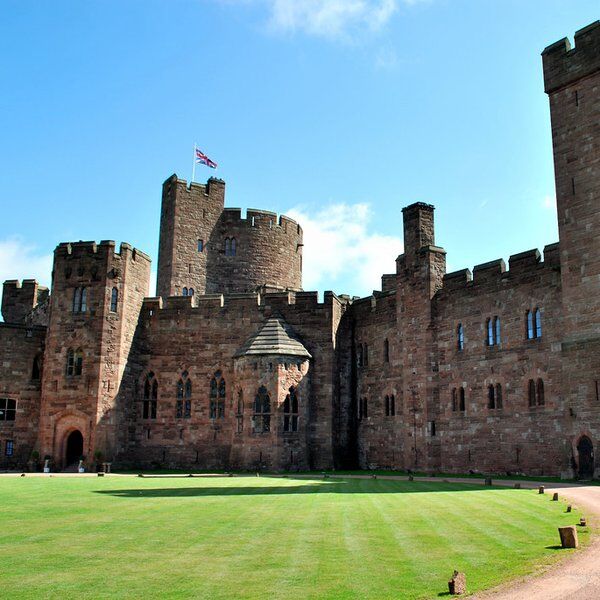Discover Clayton Hall in Manchester
In a small park on Ashton New Road in Clayton, Manchester, lies a rare example of a mediaeval moated site named Clayton Hall. The moat creates an island, upon which stands the Grade II listed manor house. Visitors can access the hall via a listed stone bridge, thought to date back to the late 17th century, which crosses the moat and adds something different to the hall’s visiting experience.

The History of Clayton Hall
Originally built by the Clayton family, the Clayton Hall estate passed to the Byron family in 1194 when Cecilia Clayton married Robert de Byron. This lineage included the renowned poet Lord Byron. In 1620, the hall was sold to George and Humphrey Chetham, London merchants from Manchester. Humphrey Chetham, whose legacy funded the establishment of Chetham's School and Library, spent his final years at Clayton Hall until his death in 1653.
After Humphrey's passing, ownership of Clayton Hall remained within the Chetham family, with George Chetham becoming High Sheriff in 1660. Over the course of the following generations, including under Edward Chetham and his descendants, Clayton Hall remained an important and large estate in Manchester. Legend even suggests that Oliver Cromwell stayed there for three nights during the English Civil War.
In 1897, Clayton Hall was sold to the Manchester City Corporation. From here efforts were made to renovate the establishment for public accessibility. This was achieved by 1900, when the hall opened its doors to visitors, allowing admiration of its 16th-century architecture and Victorian-era rooms.
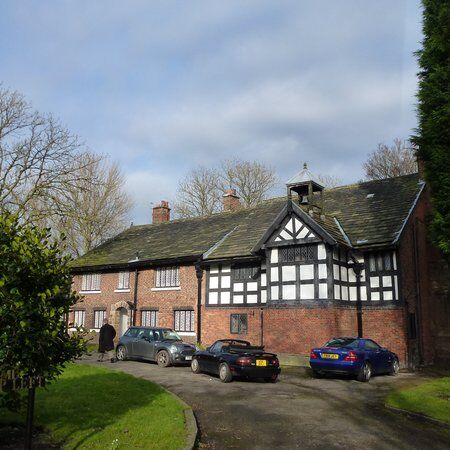
Clayton Hall’s Architecture
The Manor House
The hall's older section, originally single-depth, includes two ground floor bays, a front corridor, and square-panelled timber-framing on the first floor. The upper storey has wooden mullion windows with leaded glazing, a jettied gable with a king post, and a bellcote on the ridge. A sandstone chimney stack with a brick top is a distinctive feature on the gable wall.
In contrast, the newer double-depth portion, constructed in 1900, has hand-made bricks in English garden wall bond with stone quoins. It features a segmental stone doorway and diamond-paned casement windows, reflecting the architectural style of the early 20th century. The rainwater heads, dated to the year of construction, add a touch of period authenticity to the structure.
Moated Site and Chapel
Easily the most impressive feature of Clayton Hall is its moated site, designated as a scheduled monument. The rectangular island, measuring approximately 66 by 74 metres, surrounds the original hall location. Accessible via a stone twin-arched bridge, which replaced an earlier wooden bridge, the moated site includes remnants of a late-14th/early-15th century chapel located in the northwest corner. Sadly, the chapel was demolished in the early 18th century. While the hall and its associated buildings are not part of the scheduled monument, the site continues to remind visitors of Clayton Hall's mediaeval origins.
Highlights at Clayton Hall
Victorian Rooms
Step into Clayton Hall and immerse yourself in the Victorian era. Thanks to the dedication of the Friends of Clayton Park and support from Manchester City Council, six rooms have been meticulously restored to depict late Victorian living. Visitors can explore hands-on exhibits with period furniture, vintage garments, and even treadle-operated sewing machines.
Free History Talks
Free public open days are held at Clayton Hall on the first and third Saturdays of each month from February to November, between 11:00 am and 4:00 pm. These open days feature hands-on activities, historical talks of past inhabitants including a tribute to Humphrey Chetham, and the opportunity to explore life in Victorian times. Costumes are available in various sizes, allowing visitors to dress up and picture themselves in the hall as it would have been.
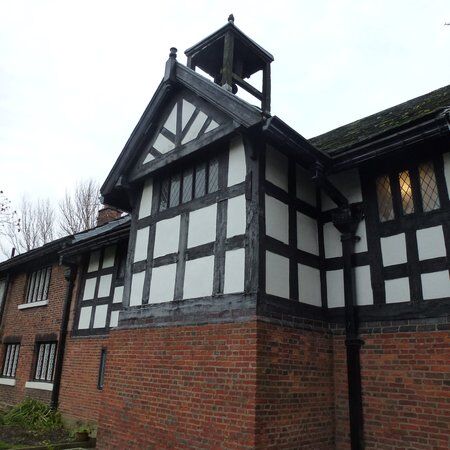
Special Events and Exhibitions
The hall also hosts a variety of seasonal children's and family events, either free or with a nominal fee to cover costs. These events aim to educate and entertain, providing a fun and engaging way to learn about the hall's history and its former inhabitants. In a special collaboration with Seymour Road Academy, Clayton Hall held the School Memories Exhibition celebrating over 120 years of community history. For those with a sweet tooth, the Tudor Tea Rooms offers delicious homemade soups, cakes, and other light refreshments during these events. Musical events are also held at Clayton Hall, including performances by the Tintwistle Brass Band.
Mysterious Marks and Lost Barns
Explore the intriguing "witch marks”. These ancient symbols are scattered throughout Clayton Hall and believed to ward off evil spirits and protect its inhabitants. Additionally, discover Clayton Hall's farming roots, once central to Manchester's industrial landscape. The remnants of old barns and traces of its agricultural heritage highlight its changing roles over the centuries.
Visiting Clayton Hall
Despite its historic nature, Clayton Hall is mostly accessible. The ground floor has accessible rooms such as the Victorian Kitchen, Dining Room, and the Tearoom/Gift Shop. However, certain areas like the Cold Store Room and upper floors are not wheelchair accessible due to the building's age and architectural constraints.
Getting to Clayton Hall
Clayton Hall can be accessed via various forms of transport from Greater Manchester.
- By Tram: Clayton Hall actually has its own tram stop. Travellers can board the Ashton tram at Piccadilly Gardens or Piccadilly train station and disembark at the Clayton Hall tram stop. From there, a short walk across the road to Clayton Park brings you to the hall's entrance.
- By Bus: Travellers from Manchester city centre can take bus routes 216 or 231 from Piccadilly Gardens directly to St Cross church on Ashton New Road. From there, it's a pleasant stroll through Clayton Park, across the moat bridge, to reach the hall.
- By Car: If travelling by car, directions are straightforward. From Manchester, head towards Droylsden on the A662, passing the Etihad Stadium on your left. Continue until you reach St Cross church, then proceed to Clayton Park, located just beyond the church.
Please note: Parking is available in designated bays along Ashton New Road or in nearby side streets, with disabled parking provided within Clayton Hall’s compound. However, restrictions may apply during Manchester City FC home games, so it’s advisable to park outside restricted zones during these times.

Interested in finding more places like this? Try one of our CityDays Manchester Treasure Hunts - untangle cryptic clues as a team, as you are taken on a journey to the most unique, unusual and bizarre corners of Manchester.
